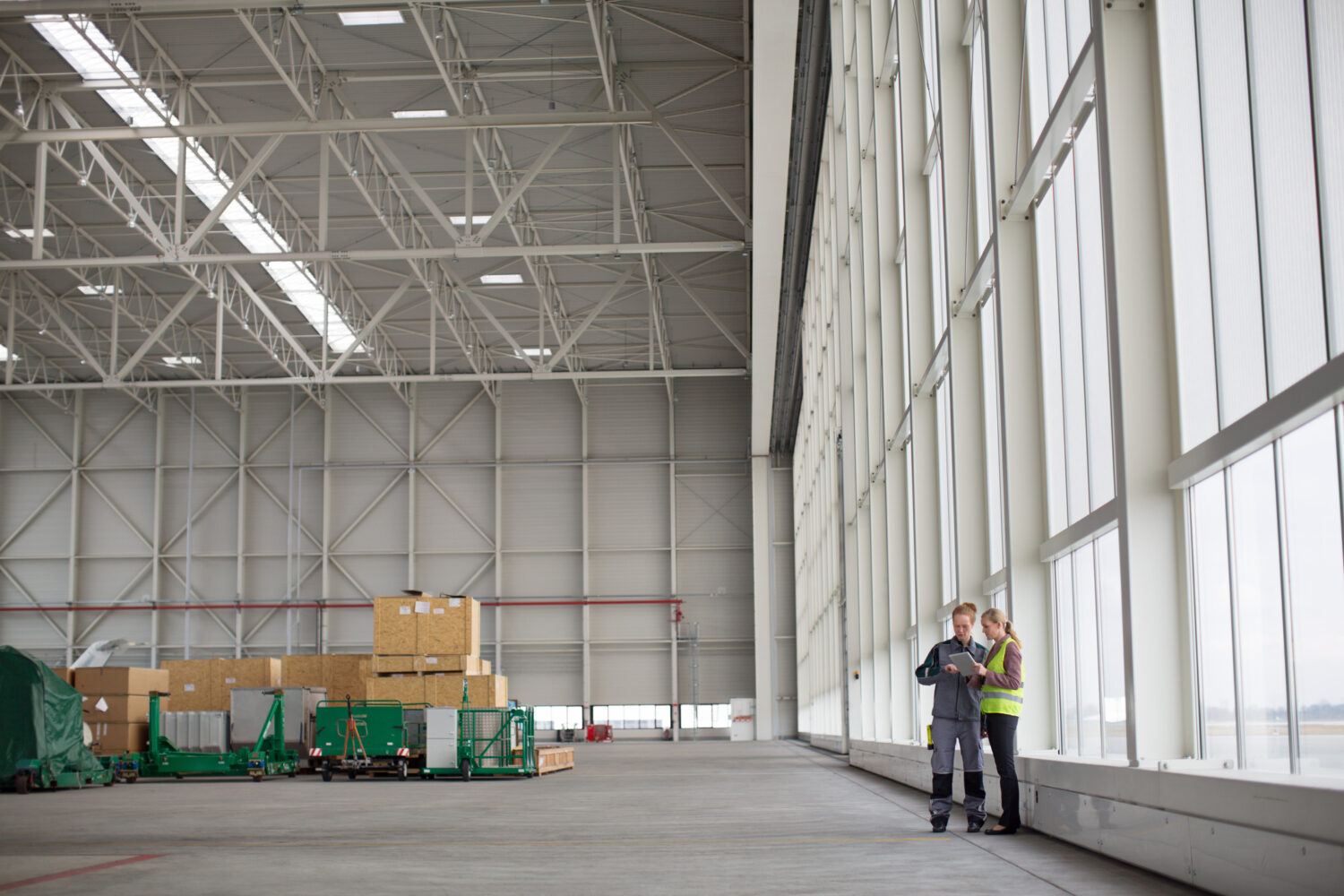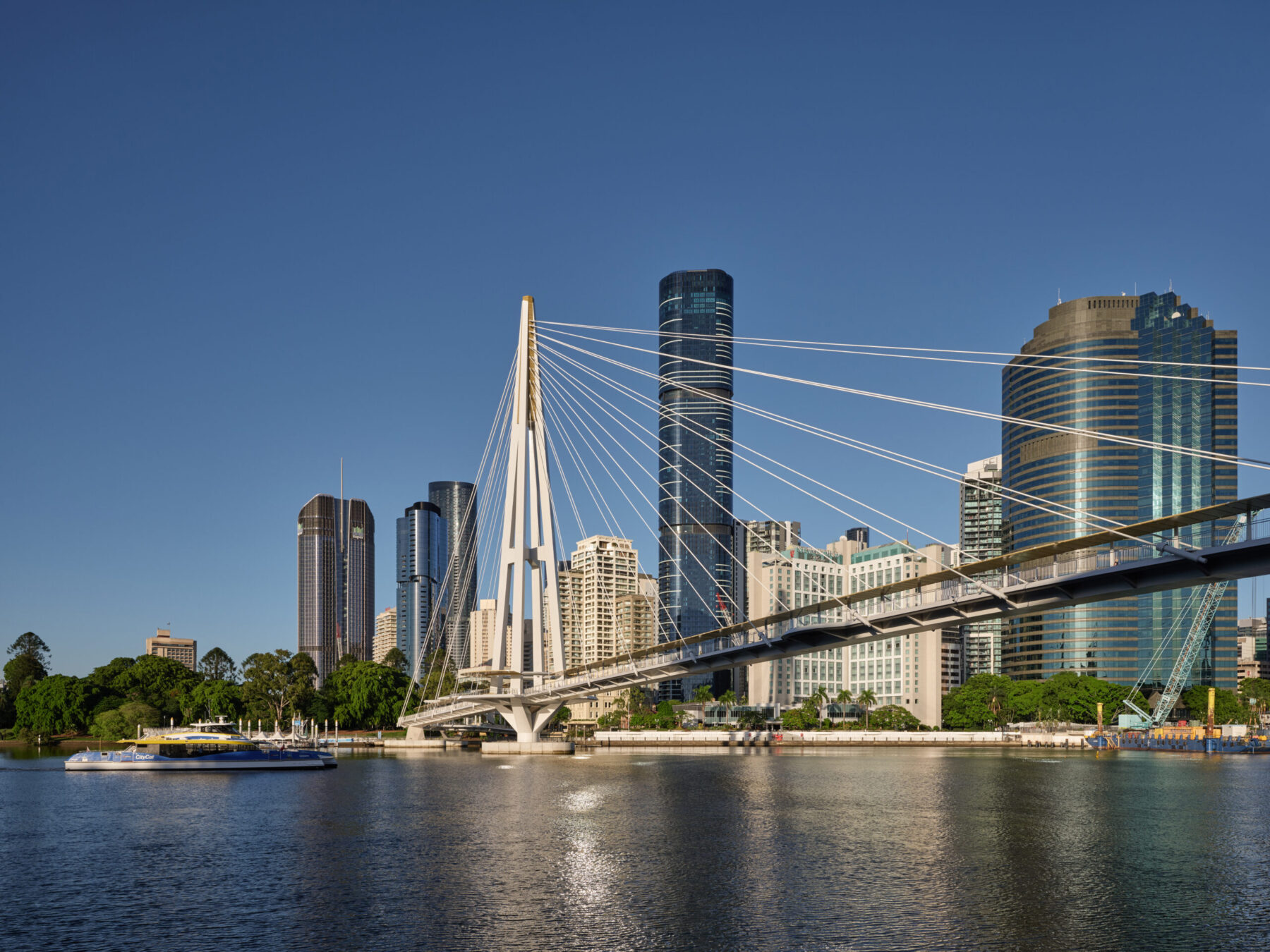Last week I wrote about the massive $87bn of infrastructure projects that are planned across Sydney, which was well received by our clients and across LinkedIn. Since writing the article we’ve explored each of the projects in more detail to better understand the impact these projects will have on our economy. Before we look at the projects once more, I thought I would reflect on the contribution that infrastructure spending is having on the economy. This weeks’ GDP numbers showed that NSW has recorded the highest economic growth rate of all mainland states, growing by 1.0 per cent in the December quarter and outperforming the rest of Australia by 0.4 per cent. According to the latest ABS National Accounts, annual spending through 2017 in NSW grew by 3.0 per cent accounting for almost 56 per cent of all economic growth across the country. Business investment and public demand were key drivers underpinning the figures with underlying public investment in new infrastructure growing by 5.2 per cent over the last year. The level of infrastructure spending is clearly being reflected in the state GDP and is being felt across the market with NSW showing the lowest unemployment rate, strong population growth, high consumer spending and higher wages growth. But how long can it continue ? The infrastructure expenditure pipeline will provide some clues to this. We have taken each of the infrastructure projects we outlined in last week’s note and spread them over a standard construction S Curve over the reported project timetable. We are not intending to be precise with this information, merely to provide an indicative view of what could be the spread of investment over the next 15 years. I’ll leave the precise assessments to the QS fraternity. The results on my basic work appear in the graph below. If the plans all progress as per the announcements to date, it is possible that Sydney will see the spend on Transport Infrastructure increase from $6bn in 2018 to over $12bn in 2022, before slowing down through to 2030. Some of these projects are likely to be deferred, stalled or scrapped after the next state election as one of the key funding tools for the future projects, stamp duty receipts, is dropping off with the cooling housing market in Sydney. The NSW State Government’s 2018 Budget committed to spend $41M over the next 4 years on transport infrastructure with the remaining $50M being identified for the subsequent 4 year period. These numbers aligns pretty well with my above graph. Funding for the majority of the budget items has been secured from the sale of the State’s Energy assets and some will come from Federal Funds however many of the projects which have planned commencements in 2018/19 are not fully funded (ie West Metro, F6 Extension) and remain in the feasibility stages. The State Government has planned to sell off or partner with the private sector on some of the projects so some of the funding will ultimately come from or be recycled from institutional capital. The implications of investments of this scale aren’t well understood. Even the Olympic Games in Y2000 was predicated to add $7bn to state GDP and provided 156,000 jobs through the lead up and hosting of the Games. A few years later however, the State effectively ran out of money and infrastructure spending effectively stopped for the subsequent 10 year period. The volume of work in Sydney is far greater than the Sydney Olympics and it will contribute to cost pressures in the construction industry over the next 5 years which will have flow on effects across the property industry. We would also expect to see continuing strong levels of employment, wages growth and consumer spending over the forecast period. Housing prices, which will have taken a breather in 2017/18, will likely see pricing pressure build again through to 2022. Demand for industrial property (particularly around the new Western Sydney Airport) will also remain strong with older industrial suburbs in the central west (such as Auburn, Granville, Camellia) more likely see industrial land values stabilize and or be replaced with residential uses. (Refer also Colliers article). Of course we also then need to be prepared for life after the infrastructure boom, where growth move away from infrastructure and come (hopefully) from other sectors in the economy. CMA will continue to monitor the impacts and opportunities from the infrastructure boom. If you are not already a subscriber to our weekly news, you will miss out on the opportunities we uncover to take advantage of the infrastructure boom. Click here to subscribe to stay in touch.



